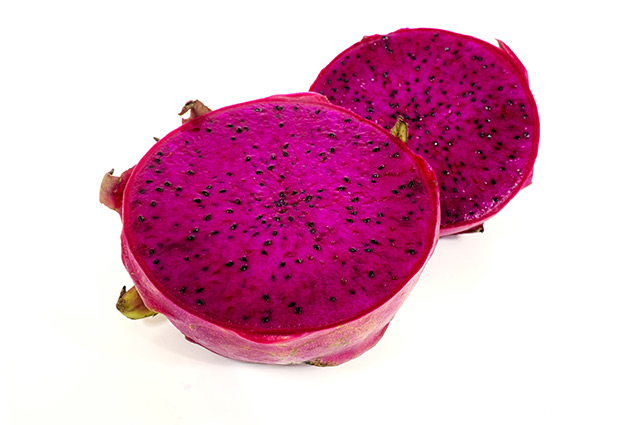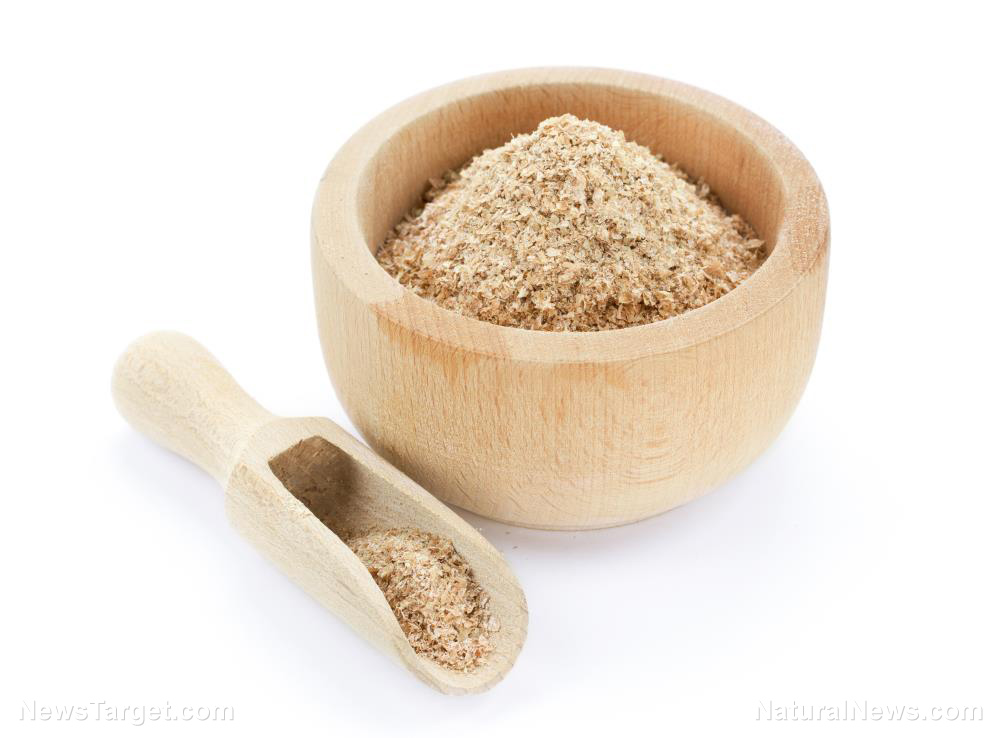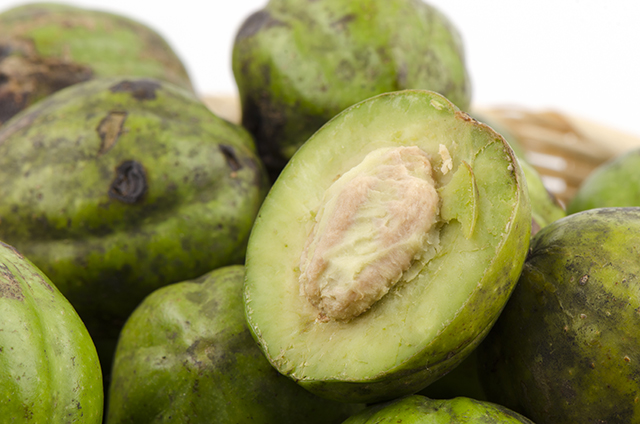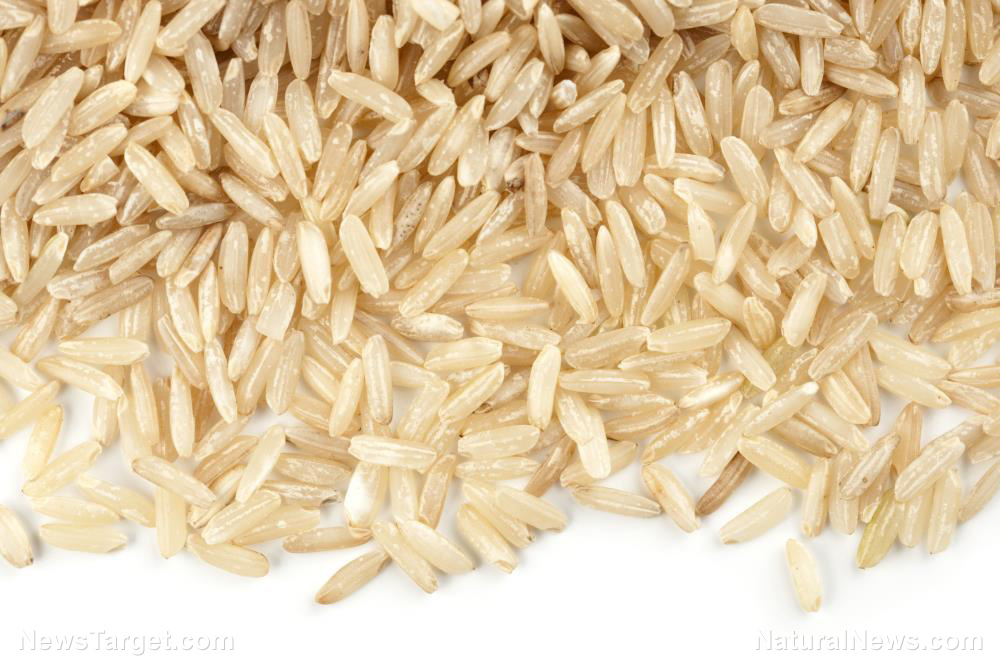Tamarind – sources, health benefits, nutrients, uses and constituents at NaturalPedia.com
07/22/2017 / By Frances Bloomfield

The tamarind (Tamarindus indica) is a tall, evergreen, tropical tree native to Africa, which can now be found in the drier regions of South Asia, northern Australia, and Mexico. The trees produce long, pod-like fruits that start out green and sour before maturing into brown pods with a juicy, sweet-sour pulp. The fruits are especially popular in India as a healthy kitchen ingredient and as a folk remedy for everything from constipation to fever.

List of known nutrients
Though calorie dense, tamarind is exceptionally high in many nutritious substances, including but not limited to:
- Calcium
- Copper
- Dietary fiber
- Folate
- Iron
- Magnesium
- Phosphorus
- Potassium
- Selenium
- Tartaric acid
- Vitamin B1 (Thiamine)
- Vitamin B2 (Riboflavin)
- Vitamin B3 (Niacine)
- Vitamin B5 (Pantothenic acid)
- Vitamin B6 (Pyridoxine)
- Vitamin C
- Vitamin K
- Volatile Phytochemicals
- Zinc
The sweet-sour taste of tamarind can be attributed to its abundance of tartaric acid. Aside from being responsible for the distinct flavor of the fruit, tartaric acid is a potent antioxidant and anti-inflammatory agent that combats free radicals. The great number of volatile phytochemicals function the same way and account for many of the known medicinal properties of tamarind.
Tamarind is a good source of vitamin B1 and magnesium, as a one-cup serving has 34 percent and 28 percent, respectively, of the recommended daily intake of these essential nutrients.
Medicinal uses for tamarind
Tamarind has been used to treat the symptoms of:
- Bleeding
- Colon cancer
- Constipation
- Diarrhea
- Dysentery
- Fever
- High blood pressure
- Inflammation
- Jaundice
- Macular degeneration
- Morning sickness
- Mouth ulcers
- Nausea
Tamarind pulp can serve as a mild laxative thanks to the presence of dietary fibers. These dietary fibers reduce the occurrences of constipation by increasing the bulk of stool and normalizing bowel movement. Furthermore, any toxins in the gut bind to the fiber and are expelled from the body along with the stool, leading to a digestive system less prone to constipation, dysentery, and other digestive disorders.
The decent amounts of potassium in tamarind are good for the body. By relaxing blood vessels and maintaining normal fluid balance, tamarind contributes to a stable heart rate and lower blood pressure. The iron content also plays a key role in regularizing blood pressure by assisting in the production and development of red blood cells.
Certain compounds in tamarind can settle the stomachs of pregnant women, making it easier for them to deal with nausea and morning sickness.
Body systems supported by tamarind
Tamarind can be good for:
- Digestive system
- Heart
- Immune system
- Liver
- Skin
The presence of fiber and antioxidants contributes to reducing blood cholesterol levels, resulting in a heart that’s less prone to developing heart disease. Couple this with the ability to lower blood pressure, and tamarind becomes one of the best food choices for keeping the heart strong and healthy.
Ways to use tamarind
Tamarind is one of the most sought-after and revered ingredients in Asian cooking, especially in India. It is common in curries, soups, chutneys, and marinades. Beyond those, tamarind pulp can be turned into jams, syrups, and even tart candies.
Tamarind pulp juice is a refreshing drink typically taken with dates, honey, cardamom, and coriander seeds.
Where to learn more
- 10 Incredible Health Benefits Of Eating Tamarind
- 12 Famous Uses of Tamarind (Including Detox Toxic Fluoride)
- Amazing health benefits of tamarind for skin, hair and health
- How To Clear Blocked or Stuffy nose? Here Are 14 Simple Remedies!
- Tamarind: Fruits That Fight Cancer, Lower Cholesterol And Fight off cellulite
Summary
Tamarind is a healthy fruit beloved for its culinary and medicinal applications. The more notable medicinal uses of tamarind are in relieving constipation, remedying high blood pressure, and easing the nausea that comes with pregnancy. The wealth of antioxidants make tamarind adept at supporting the body overall, particularly against free radicals.
Sources include:
Nutrition-And-You.com
AuthorityNutrition.com
StyleCraze.com
TheHealthSite.com
OrganicFacts.net
Epicurious.com
Tagged Under:




















